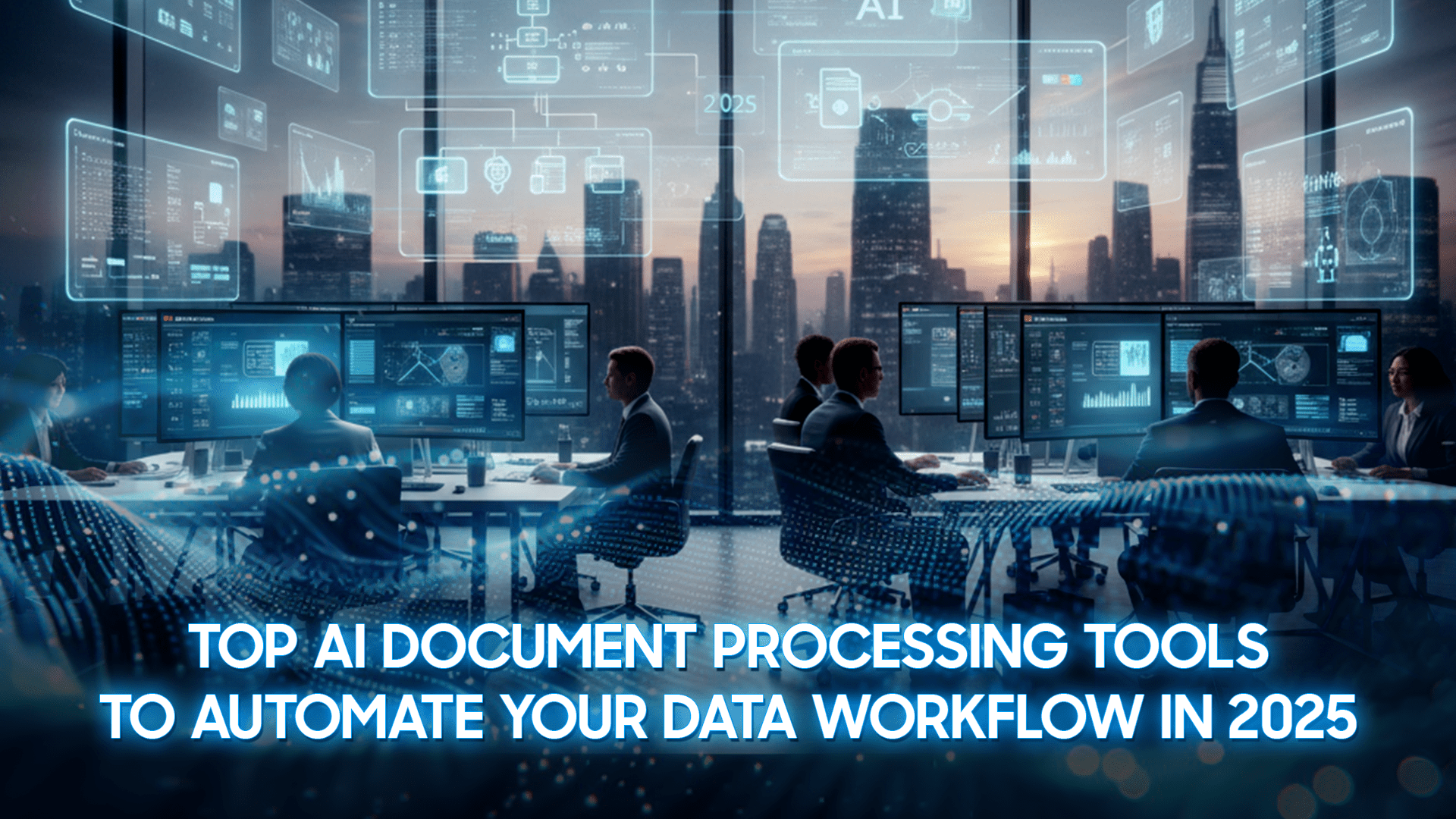Building a data management system is extremely important as businesses focus on exploiting existing data, so answering the question what is master data management is a question that businesses are increasingly interested in. Inconsistent and fragmented data can lead to wrong decisions, poor customer experience and inefficient operations.
Master data management (MDM) is the solution to solve this challenge, creating a single source of truth for the entire organization. In this article, we will delve into the definition, importance, benefits, key aspects and best practices for implementing a successful MDM strategy.

What Is Master Data Management (MDM)?
What is master data management (MDM)? Master data management is a disciplined, technology-enabled approach or process that enables an enterprise to link all of its critical data to a single point of reference, often referred to as a single source of truth.
The goal of MDM is to ensure that an organization does not have multiple, potentially inconsistent versions of critical data across different departments, divisions, or geographies.
In MDM, master data are core, non-transactional data assets that describe the most important business entities. For example, “Customer” master data includes name, address, phone number; “Product” master data includes SKU code, description, supplier.
Master data management is the establishment and maintenance of a golden record for each of these entities, ensuring accuracy, consistency, and completeness across the enterprise’s entire technology ecosystem.

Why Is Master Data Management Important?
The importance of master data management lies in its ability to completely solve the problem of data silos – fragmented data sources. Imagine a customer updates their address through the customer service portal. However, the accounting department still uses the old address in their system to send invoices, leading to lost invoices and a poor customer experience. This problem occurs because customer data is fragmented and out of sync.
A well-thought-out MDM breaks down these silos by creating a common framework for managing master data. This process ensures that when an important piece of information is updated in one place, the change is consistently reflected across all related systems.
In the context of digital transformation and the rise of AI, having a reliable master data foundation is a prerequisite. AI models and analytics algorithms will produce misleading results if they are trained on inconsistent data. Therefore, MDM is the foundation for accuracy and efficiency to make optimal use of enterprise data.

What Are The Benefits Of Master Data Management?
Implementing an effective master data management strategy brings many intuitive and highly strategic benefits to businesses. Modern master data management systems are designed to optimize these benefits, including:
- Improved decision making: Leaders can make decisions based on reliable analytical data, eliminating the guesswork and uncertainty caused by data inconsistencies.
- Improved customer experience: By creating a 360-degree portrait of the customer, businesses can personalize marketing campaigns, deliver seamless service, and proactively address customer needs.
- Increased operational efficiency: MDM automates data synchronization, eliminating time-consuming manual processes, thereby freeing employees to focus on higher-value tasks and activities.
- Ensure regulatory compliance: Having a centrally managed source of master data makes it easier to comply with privacy and data protection regulations (like GDPR), as well as clearly trace and audit poor data sources.
- Better analytics and reporting: Clean master data is a good foundation for analytics tools. This ensures that Business Intelligence reports and results from machine learning models are accurate and actionable.
Key Aspects of MDM
A successful master data management program is not just a technology project but a comprehensive business initiative that includes a tight integration of people, processes, and technology. Here are the key aspects of a typical MDM:
- Data Governance: This is the foundation of MDM. This aspect includes establishing a data governance board, defining policies, rules, and standards for master data. Data governance answers questions like, “What is the definition of an ‘active customer’?” or “Who has the authority to change product information?”.
- Data Quality: This aspect focuses on ensuring that master data meets quality criteria such as: completeness, uniqueness, timeliness, validity, and accuracy. Data cleansing, data validation, data deduplication, and data enrichment processes are performed continuously.
- Data Integration: Known as the technical aspect, including processes and technologies (ETL/ELT) to collect, consolidate, and synchronize master data from dozens, even hundreds of different source systems into a central MDM repository.
- Stewardship and Monitoring: Data stewards are business domain experts assigned to care for and maintain the quality of a specific master data domain. They use Master data management tools to monitor data quality metrics and resolve issues as they arise.
=> See more: A Complete Guide to Data Quality Management (DQM) for Businesses

Best Practices for a Successful MDM Strategy
To ensure that master data management implementations deliver maximum value and are sustainable, organizations will need to follow proven best practices:
- Start with a clear business objective: Instead of saying ‘we need MDM’, let define a specific business problem such as ‘we need to reduce bounced emails due to incorrect customer addresses by 20%’. This creates a measurable goal and helps demonstrate the ROI of investing in MDM.
- Establish strong data governance: Don’t treat data governance as an administrative task. Build a realistic data governance framework with clear roles, responsibilities, and decision-making processes, supported by leadership.
- Choose the right technology: Carefully evaluate the Master data management solutions on the market. Consider on-premises and cloud-based solutions such as AWS Master Data Management, Microsoft Data Services (MDS),… Choose a tool that is not only technically sound but also business-user and data administrator-friendly.
- Think big, but start small: Build an overall MDM roadmap for the entire enterprise, but start with one data domain (e.g,. products) and a few source systems. Achieving quick wins will create good momentum for the next stages.
- Focus on Change Management: MDM changes the way people work with data. Therefore, continuous communication about the benefits, project goals and providing thorough training to end users are extremely important to ensure successful implementation.

FAQs
What is the difference between master data management vs. data management?
Data management is a broad term that can be compared to managing an entire library, including everything from book organization, storage, lending, to managing library staff. Meanwhile, the term master data management would be described as managing the library’s master catalog card system.
MDM rather manages the core, most authoritative reference information about each title, author, and genre, ensuring that everyone searching for information starts from the right source.
What are the 4 types of MDM?
There are four main MDM implementation architectures, each with its own pros and cons, including:
- Registry Style: This uses an index to identify and link duplicate records across source systems without moving data. This architecture style is suitable for analyzing and detecting duplicate data from the beginning.
- Consolidation Style: Data will be collected from sources into an MDM hub, cleaned and consolidated to create a golden record for analysis and reporting purposes.
- Coexistence Style: Similar to the consolidation style, but the golden record after being created will be synchronized back to the source systems, gradually improving the quality of the data at the source.
- Transaction/Centralized Style: This is the most authoritarian approach; master data will be created and edited directly in the central MDM system, then distributed to other systems. This type will ensure the highest level of control and quality for all data.
What is an example of MDM?
A typical Master data management example might be: In manufacturing, an automotive manufacturer has data on ‘Parts’ from multiple suppliers, across purchasing, inventory management and design systems. The same bolt may have different codes and descriptions in each system.
MDM consolidates all this information, creating a single golden record for that bolt with its part number, preferred supplier, specifications and standard pricing.
Conclusion
Master data management is a disciplined process that transforms messy data into a trusted strategic asset for your business. By creating a single source of truth for critical data, businesses can increase efficiency and drive growth based on accurate insights. At DIGI-TEXX, we help you build that solid data foundation. Get in touch to discover how our data processing and analytics services can help build MDM for your business.
=> Learn more:


